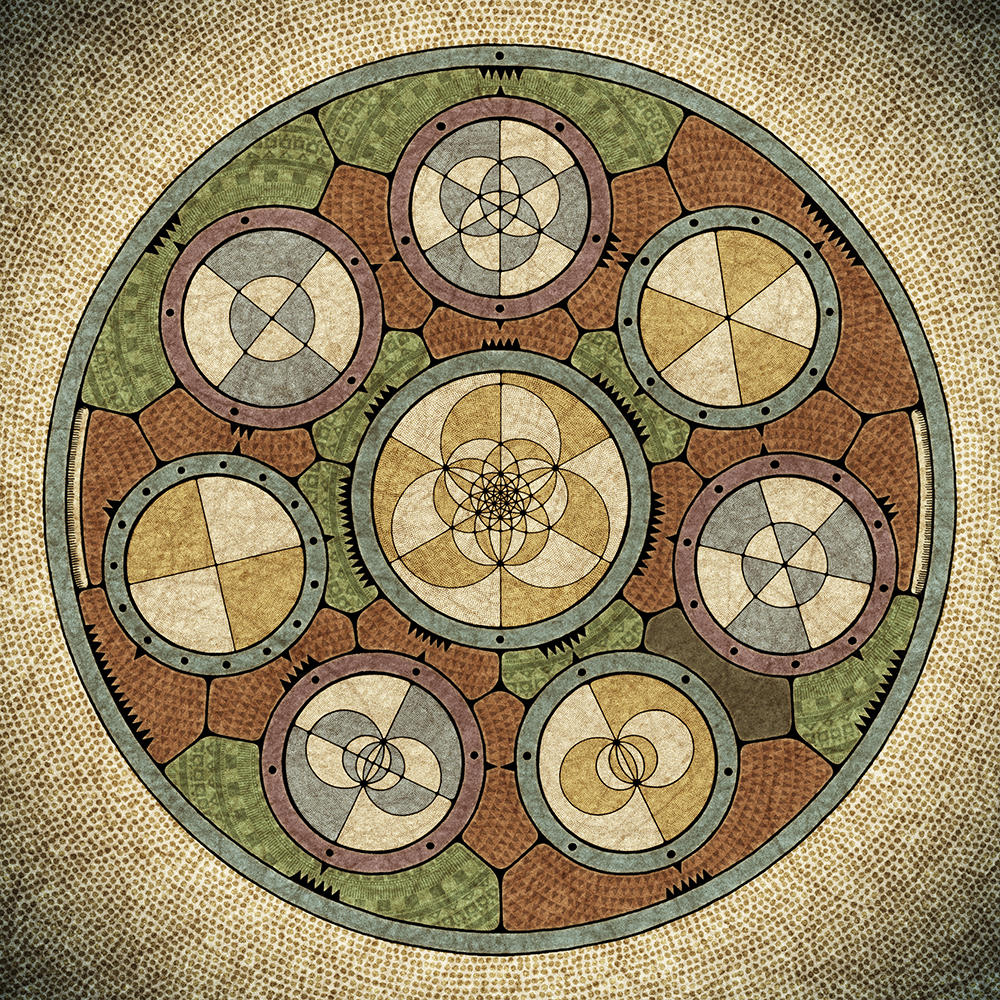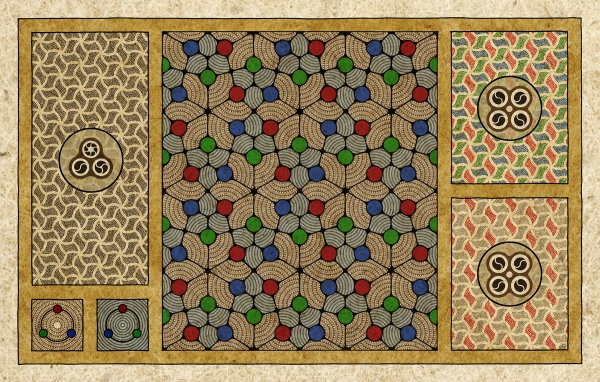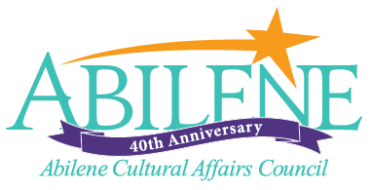Divine Order: Conan Chadbourne

Conan Chadbourne studied mathematics and physics at New York University and has worked in experimental physics research, digital imaging and printing, graphic design, and documentary film production. His work is motivated by a fascination with the occurrence of mathematical and scientific imagery in traditional art forms, and the frequently mystical or cosmological significance found in such imagery.
Mathematical themes both subtle and overt appear in a broad range of traditional art, from medieval illuminated manuscripts to Buddhist mandalas to geometric ornament in archaic Greek ceramics. Often this imagery is deeply connected with how cultures interpret the cosmos, in much the same way that modern scientific diagrams express a scientific worldview. Chadbourne is especially interested in symmetry as a mechanism for finding order in the universe, from its intuitive appearance in ancient cosmological diagrams to its important role in modern theoretical physics, and my recent works explore various forms of symmetry. This work is part of a series of visual meditations on the structure of the alternating group on 5 elements, also known as the icosahedral group.

“This image is part of a series exploring the threefold symmetries of repeating patterns in the plane. On the left is an uncolored pattern with symmetry group p6 (orbifold signature 632). The box at the top right shows a particular threefold coloring of this pattern, with symmetry group p2 (orbifold signature 2222), while the box at the bottom right shows the same coloring with a single color isolated. In the center of the image is a stylized Cayley diagram of the symmetry group of the uncolored pattern, with its elements colored to identify the cosets of the single-color stabilizer subgroup (in this case, p2). The two small boxes at the lower left of the image define the homomorphism from p6 into S3 (the group which permutes the 3 colors).”
This exhibit is part of the ART + SCIENCE = WONDER exhibitions on view Summer 2018.
“After a certain high level of technical skill is achieved, science and art tend to coalesce in esthetics, plasticity, and form. The greatest scientists are artists as well.” – Albert Einstein
Summer 2018 The Grace Museum presents a series of exhibitions and programs designed to explore the synergy between visual art, science, math, and technology. Both science and art are human attempts to understand and describe the world around us. The subjects, materials, and methods have different traditions, but the motivations and goals are fundamentally the same. One of the most primitive innate ‘needs’ of humans is to understand the world around us, and then share that understanding. Both artists and scientists strive to ‘see’ the world in new ways, and communicate that vision. When scientists and artists communicate their insights successfully, the rest of us suddenly ‘see’ the world differently.
Exhibitions Sponsors
